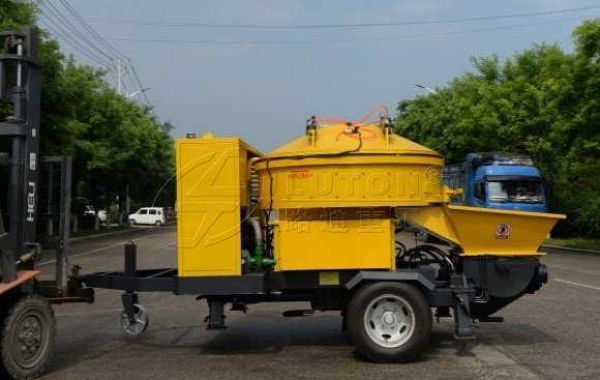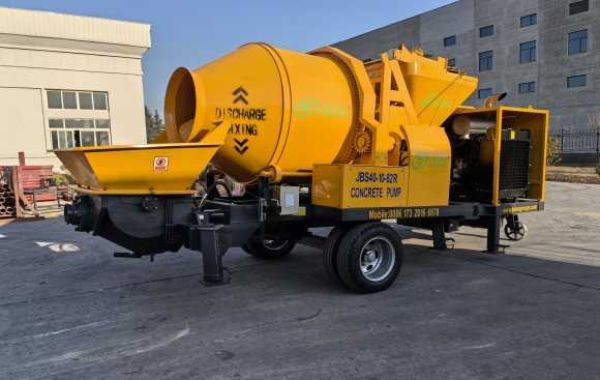There are significant differences between vertical axis planetary mixers and pan mixers in multiple aspects. The following is a detailed explanation of the differences between the two.
For more details on concrete mixers, pls browse the website ltconcreteplant.com.
Structural Design
- Vertical Axis Planetary Mixer
Adopting planetary gear transmission, the mixing process simultaneously rotates around the vertical axis center and its own axis.
The design of the mixing arm and mixing blades is complex and can adapt to the mixing needs of various materials.
- Pan Mixer
Usually, a fixed axis design is adopted, and the flow of the liquid during the mixing process mainly follows one direction.
The structure is relatively simple, mainly composed of mixing plates, mixing blades, and motors.
Mixing Effect
Due to the complexity of planetary motion, the trajectory of material movement in the mixing drum is very complex, which can achieve all-round and no dead angle mixing.
High mixing efficiency and good mixing quality, suitable for mixing special materials such as high viscosity and low fluidity.
- Pan mixer
During the mixing process, there may be blind spots where some materials are difficult to fully mix, resulting in uneven mixing.
The mixing effect is relatively poor and suitable for mixing general materials.
Applicable Fields
- Vertical Axis Planetary Mixer
Widely used in the fields of concrete, mortar, refractory materials, etc., especially suitable for mixing high-performance concrete.
It can also be used for the production and mixing of products such as glass and ceramics.
- Pan Mixer
Mainly used for mixing raw materials, such as in the chemical, food, pharmaceutical and other industries.
The scope of application is relatively narrow, but it has unique advantages in certain specific fields.
Energy consumption and efficiency
- Vertical axis planetary mixer
By using planetary gear transmission, energy utilization efficiency can be improved and energy consumption can be reduced.
Efficient mixing methods enable the processing of more raw materials in the same amount of time, improving production efficiency.
- Pan Mixer
The energy consumption is relatively high, and the mixing efficiency may be limited by structural design.
The amount of materials processed inn the same time is relatively small, resulting in lower production efficiency.
Maintenance And Upkeep
- Vertical Axis Planetary
Vertical Axis Planetary parts such as mixing arms and mixing blades is convenient, and the overall structure of the equipment is simple.
High level of intelligence, convenient for daily maintenance and upkeep.
- Pan mixer
The structure is relatively simple, and maintenance and upkeep are relatively easy. But it is necessary to regularly check the wear of the mixing blades and mixing plates, and replace the worn parts in a timely manner.
In summary, there are significant differences between vertical axis planetary mixers and pan mixers in terms of structural design, mixing efficiency, applicable fields, energy consumption and efficiency, as well as maintenance and upkeep. When choosing mixing equipment, comprehensive consideration should be given to specific application scenarios and requirements to select the most suitable mixing equipment.








